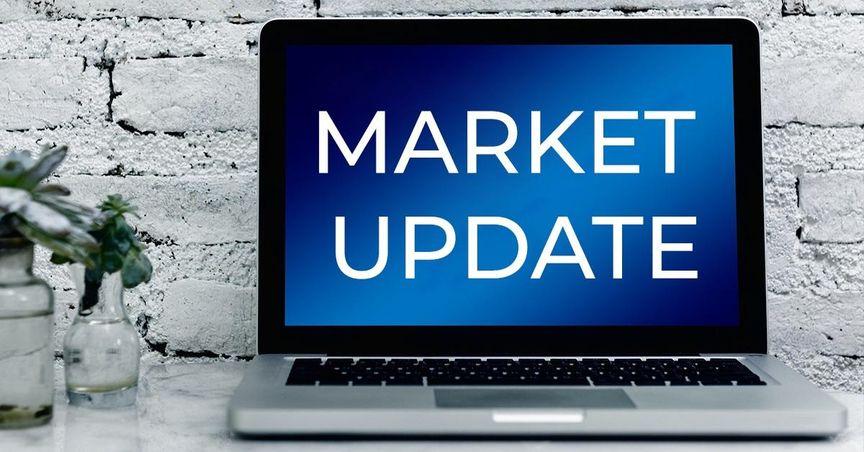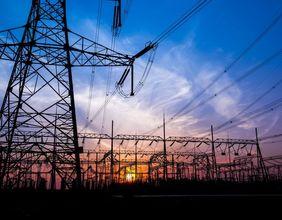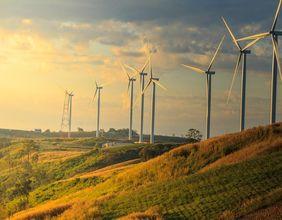Highlights
- Australia unveils strategic plan for critical minerals reserve
- $1 billion boost proposed for Critical Minerals Facility
- National offtake and stockpiling to drive sector growth
In a significant policy announcement, Prime Minister Anthony Albanese has outlined the Labor Government’s plans to deepen Australia’s involvement in the critical minerals sector. This initiative, aimed at strengthening the country’s strategic position in the global minerals supply chain, includes a comprehensive approach involving new national offtake agreements and a selective stockpiling strategy.
The core of the plan lies in two mechanisms. First, national offtake agreements will allow the government to secure predetermined quantities of critical minerals directly from commercial projects. Second, selective stockpiling will focus on accumulating minerals deemed vital for national security, ensuring readiness in times of geopolitical uncertainty or supply chain disruptions.
To fund these initiatives, the government proposes a $1 billion increase to the Critical Minerals Facility, on top of the existing $2 billion fund. This facility, managed by Export Finance Australia, plays a key role in bridging private funding gaps for projects aligned with national critical mineral goals. Companies that have benefited or stand to benefit from such financial structures include emerging players like Pilbara Minerals (ASX:PLS) and Lynas Rare Earths (ASX:LYC), both central to Australia’s rare earth and lithium supply chain.
The Association of Mining and Exploration Companies (AMEC) has welcomed the move. According to AMEC’s Chief Executive, the support will not only provide a financial boost to new mining ventures but also improve the appeal of Australian projects to international partners. In an era where critical minerals like lithium, rare earths, and cobalt are vital for clean energy and defence applications, this strategic framework is poised to elevate Australia’s influence in the global market.
Further clarity on how the reserve will be structured and which minerals will be prioritised is expected to come through consultations with industry stakeholders, should the government secure re-election. The emphasis will likely remain on minerals that contribute to decarbonisation technologies and defence capabilities.
However, there remains a note of anticipation around the Junior Minerals Exploration Incentive (JMEI). Established in 2017, JMEI has spurred over $400 million in greenfield mineral exploration but is yet to receive a renewed commitment. Industry participants are eager to see continued support for early-stage explorers, which could include firms such as Core Lithium (ASX:CXO), as they seek funding for critical mineral projects.
Australia’s updated critical minerals strategy signals not only a tactical economic shift but also a step toward reinforcing national security and international partnerships in the evolving energy and technology landscape.






